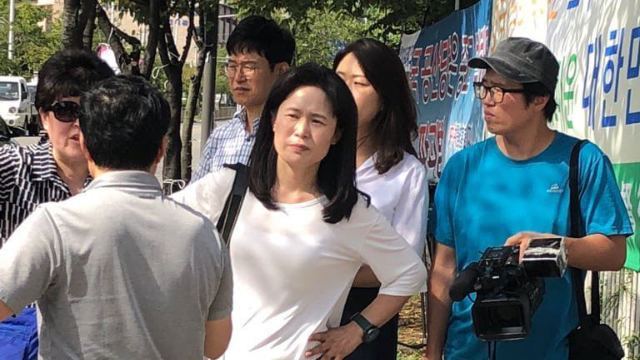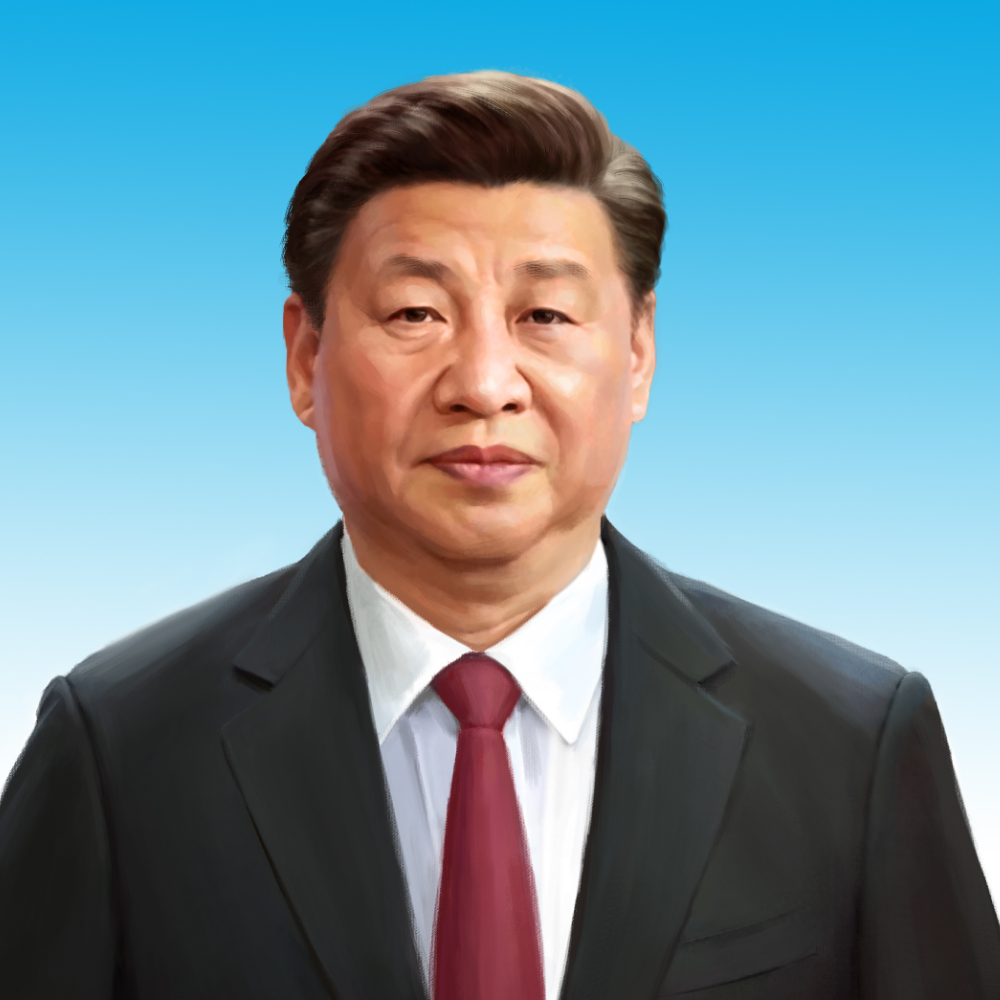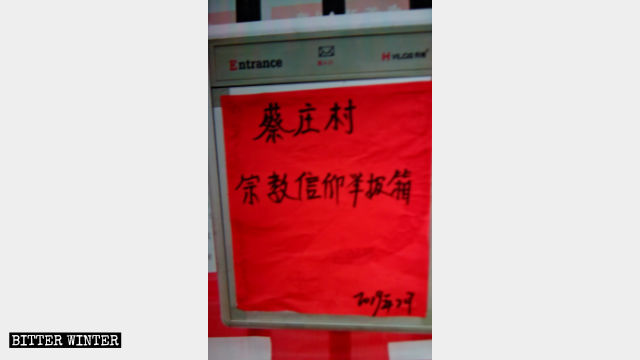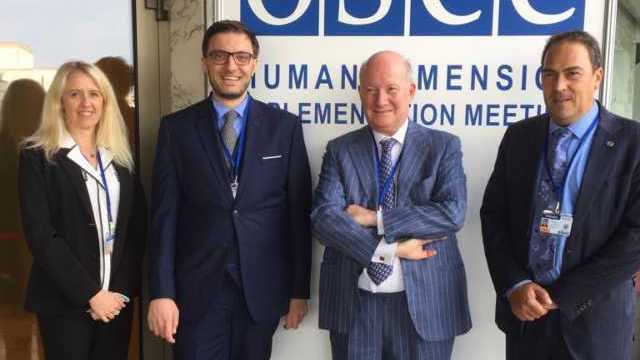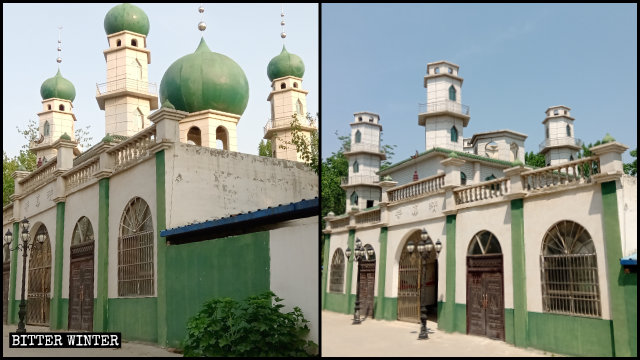1,2 million Chinese visit Cambodia every year. However, most of them follow a different itinerary from Western visitors and avoid the “killing fields” and the memories of Communist genocide. They would be confronted with disturbing news about the CCP’s responsibilities in the tragedy.
Massimo Introvigne
This month, I spent a week visiting Cambodia. I was hardly alone. Cambodia received 5.6 million foreign tourists in 2017, and numbers are expected to grow in 2018. The magnificent medieval temples of Angkor Wat would be reason enough to come to Cambodia, but most tourists, as I did, also enjoy lake Tonlé Sap, the villages built on the water, the pagodas and royal palaces of the capital Phnom Penh—and the local food, although not all are brave enough to taste the most famous local delicacy, fried poisonous tarantulas (the poison, obviously, is taken out before cooking the spider, and yes, I did try them). I am a scholar of religion, and visited the country during the Festival of the Dead, Pchum Ben, observing how this celebration, the most important of the year in Cambodia, is carried out in different ways in the cities and in the countryside, and in large and small Buddhist temples, where rice is offered to the monks to help the spirits of the ancestors.
As a social scientist, I was also curious to observe how the tourist boom is managed by the small country. Millions of scooters show little regard for traffic rules and make touring the country with a rented car unadvisable for foreigners. Privately or in groups, most tourists hire a guide and a driver, and arrange their itinerary with a local agency.
For most Western, Japanese, and Vietnamese tourists, the tour includes two mandatory stops, Angkor Wat and the “killing fields” near and in Phnom Penh. The latter are memories of what present-day Cambodia officially remembers as a genocide, where some three million Cambodians (although statistics are disputed) died under the Communist regime of Pol Pot (pseud. of Salot Sar, dates of birth and death 1925–1998, although more than one Cambodian told me that he faked his death and may be in fact still alive). The Khmer Rouge, as Cambodian Communists were called, executed 1,5 million Cambodians and starved to death another 1 million and more. Since the Cambodian population at that time was 8 million, Pol Pot and the local Communists earned the infamous distinction of having exterminated the highest percentage in human history of a country’s own people for political reasons.
Under Pol Pot, it didn’t take a lot to be executed or sent to labour camps where death by starvation was the normal destiny. Those living in large cities were regarded as inherently bourgeois and counter-revolutionary. Phnom Penh was largely evacuated and reduced to a ghost city. Professionals, those who had a high school or college degree, police and army personnel, government employees, university or high school teachers and students, and even those wearing spectacles, evidence that they had been reading too much and probably the wrong books, were routinely executed. So were monks, priests, pastors, and imams, as well as artists, writers, journalists, actors, and those involved in circus (an important art in Cambodia) and professional sport. Most places of Buddhist, Muslim, Christian and Hindu worship were destroyed, although the historical temples survived, as Pol Pot fancied himself the restorer of Cambodian Angkor greatness.
A Yale University project has identified 20,000 mass graves in Cambodia, but the highest number of victims were killed in a former Chinese cemetery, Choeung Ek, near Phnom Penh (the area originally nicknamed “killing fields”), while those destined to execution were mostly identified, interrogated, and tortured in the jail known as S21, in the Cambodian capital. Both are now museums of the Genocide, and with international help the Cambodian government is digitalizing the archives of the Khmer Rouge, who photographed most victims, including teenagers and children, both before and after the executions, and kept minutes of their interrogatories.
Visits to Choeung Ek and S21 are as unforgettable as those to Auschwitz. European students visit Auschwitz routinely, and it is a pity that distance and costs prevent them from also visiting the Cambodian killing fields. They would gain a broader picture of the murderous ideologies of the 20th century.
Most tourists to Cambodia visit the killing fields. Many cry profusely before the bones of men, women, and children extracted from the mass graves and the disturbing pictures of the victims. They visit and cry, even if there are few innocents in this tragedy. In the name of peace and reconciliation, the Cambodian government has pardoned and incorporated in politics, bureaucracy, or the army most former Khmer Rouge. Only a handful went to jail, and the present Cambodian Prime Minister, Hun Sen, who has been in this position for more than thirty years, is himself a former Khmer Rouge, although he escaped to Vietnam in 1977, after he learned that Pol Pot intended to kill him in an internal purge.
Vietnamese tourists visit the killing fields, and are proud they liberated the country from Pol Pot by invading and occupying it in 1978–1979. However, they prefer to forget that they helped the same Pol Pot come to power in 1975, before breaking with him in 1977 over border disputes and the Khmer Rouge’s criticism of Soviet Russia, the patron state of Vietnam, as hopelessly moderate and revisionist. Westerners see in Pol Pot’s Cambodia the embodiment of the evil of Communism. Yet, they may be surprised in learning that the United States and Europe, from 1975 to 1993, continued to recognize a coalition including the Khmer Rouge as the legitimate government of Cambodia, refusing to acknowledge the government installed and controlled by the Vietnamese. In the last phase of the Cold War, Americans and their allies regarded the bloody Khmer Rouge as a lesser evil, compared to a government appointed and controlled by Vietnam and the Soviet Union.

French should also remember that, as many other bloody Asian and African future leaders, Pol Pot discovered Marxism when he went to university in Paris. Western media for many years refused to believe that the atrocities of the Khmer Rouge were really happening, and leading leftist Western academics dismissed the accounts as anti-Communist propaganda. I have personal memories of these years, as I was part of a group of Catholic students in Italy that organized lectures on the massacres in Cambodia. Although we were able to uncover only a small part of what later emerged as the tragic reality, several media refused to believe us.
However, not all responsibilities for the killing fields are equal. Historians generally acknowledge that Pol Pot developed his ideology by visiting China repeatedly, the first time in 1965, and being indoctrinated by the Chinese Communist Party (CCP). His model policy was the Chinese Cultural Revolution, although he was quick to secure the continuing support of the new CCP leaders after the Revolution ended.
The Khmer Rouge ideology was Cultural-Revolution-style Maoism. They could never have won the civil war in Cambodia, nor remained in power for several years resisting Vietnamese and Western pressures, without the massive political, diplomatic, and economic support of the CCP. China supplied most of their weapons to the Khmer Rouge.
Pol Pot expected that the CCP would protect him from Vietnam. He was not completely wrong. When Vietnam invaded Cambodia, China first tried to persuade it to withdraw, then launched the Sino-Vietnamese War (中越战争)of early 1979. Eventually, the Chinese stopped on their way to Hanoi and went back, unwilling to risk a global war with the Soviet Union, Vietnam’s protector and ally, over Cambodia. The CCP continued to protect and support Pol Pot and the Khmer Rouge to the bitter end. And it was China that persuaded the U.S. President Jimmy Carter that recognizing as the sole legitimate government of Cambodia a coalition including the Khmer Rouge even after their fall in 1979, and notwithstanding their atrocities, was politically necessary in order to contain the hegemony the Soviets were obtaining in the region through Vietnam.
Chinese advisors were in Cambodia during the years of Pol Pot. They were everywhere, and had considerable power. Obviously, they were aware of the massacres and of their scale. The genocide could not have continued without Chinese approval and endorsement. And Chinese propaganda internationally tried for years to deny that the Cambodian genocide had really happened.
For this reason, it is not at all surprising that Chinese tourists in Cambodia skip the killing fields. Although captions in the museums studiously avoid to mention the role of China, that the Cambodian genocide should be added to the long list of crimes committed or supported by the CCP would quickly become obvious to any Chinese with some information about regional history.
Source: BITTER WINTER


